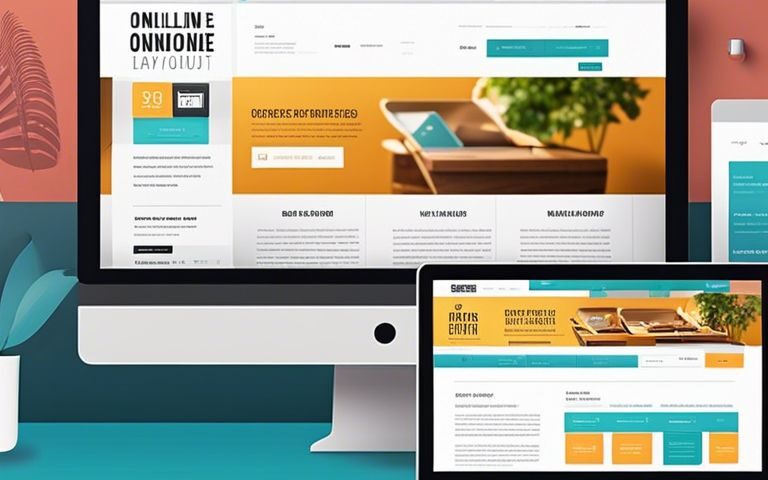10 Steps To Creating A Custom Website Design For Your Small Business

How To Choose The Right Website Design Company For Your Online Portfolio
March 18, 2024
How To Choose The Right Website Design Company For Your Online Portfolio
March 20, 2024Embark on the journey of crafting a bespoke online presence with these crucial 10 steps to tailor a unique website design for your small business. From defining your brand identity to optimizing user experience, each step plays a pivotal role in creating a website that captivates your audience and drives significant growth for your business. Let’s research into the important elements and meticulous details required to achieve a distinctive and effective custom website design that sets your small business apart from the competition.
Key Takeaways:
- Understand your brand: Before starting the design process, make sure you have a clear understanding of your brand identity, values, and target audience.
- Plan your website structure: Organize the layout, navigation, and content of your website to ensure a user-friendly experience and easy access to information.
- Stay consistent: Keep the design elements, colors, fonts, and imagery consistent throughout your website to maintain a cohesive and professional look.
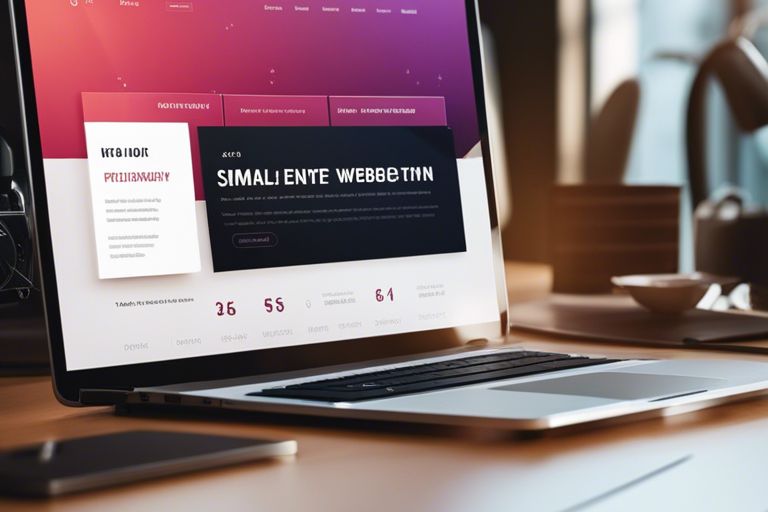
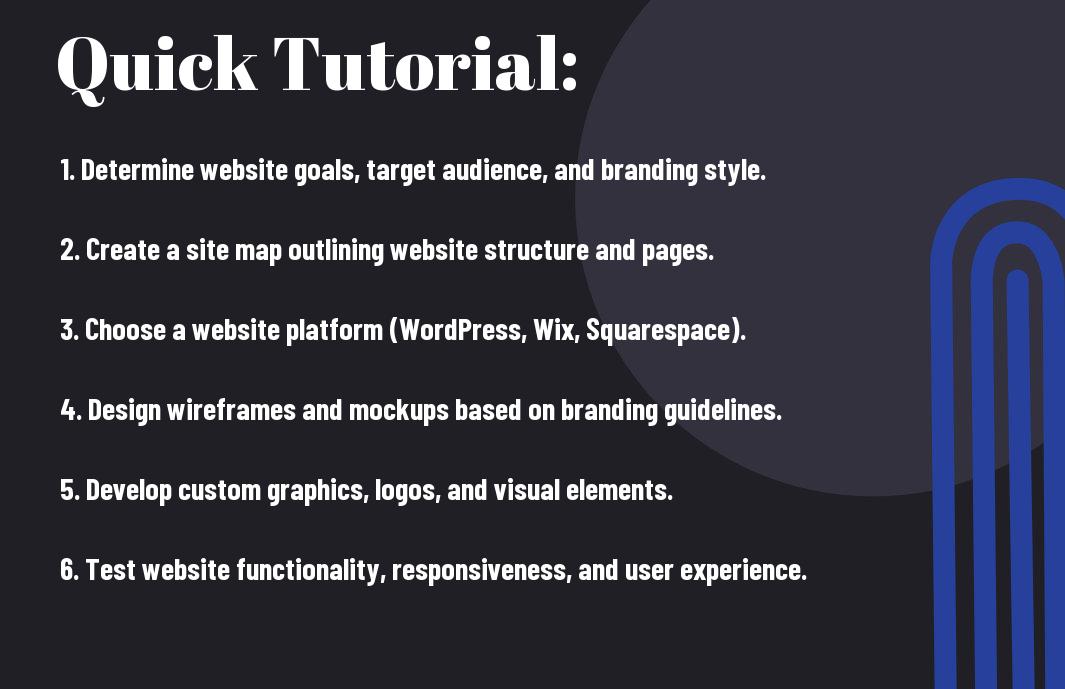
Define Business Objectives
Establish Primary Goals
The first step in creating a custom website design for your small business is to establish primary goals. This involves determining what you want to achieve with your website, whether it’s increasing sales, generating leads, or enhancing brand awareness. By clearly defining your objectives, you can create a website that is tailored to your specific needs and will help you reach your business goals effectively.
Identify Target Audience
With any website design project, it’s crucial to identify your target audience. Understanding who your potential customers are, what they are looking for, and how they behave online will help you design a website that caters to their needs and preferences. By knowing your target audience, you can create a user-friendly and engaging website that resonates with your customers and drives conversions.
Choose Design Style
Research industry trends
Even before delving into the actual design process, it is crucial to research industry trends in website design. Assessing what styles, color schemes, and layouts are popular in your specific niche can provide valuable insights into what resonates with your target audience. Staying abreast of industry trends ensures that your website design remains relevant and competitive in the market.
Select visual theme
Assuming you have a firm grasp of your industry’s design trends, the next step is to select a visual theme that aligns with your brand identity and overall goals. Choosing a visual theme can set the tone for your website and help establish a cohesive look and feel. Consider factors such as color palettes, typography, and imagery that best represent your brand.
Clearly, the visual theme you select should be consistent throughout your website to provide a unified user experience. This includes ensuring that fonts, colors, and design elements are harmonious and complement each other effectively. Consistency in design builds credibility and trust with your audience.
Plan Site Structure
Organize Content Hierarchy
Keep your website organized by creating a clear hierarchy for your content. This involves structuring information in a way that is easy for users to navigate and understand. Start by outlining the main categories of information or pages you want on your site, then break them down into subcategories as needed. This will help users find what they’re looking for quickly and easily.
Define Navigation Paths
You’ll want to define the navigation paths that users will take to access different parts of your website. Paths are the routes users will follow from one page to another, and it’s crucial to make these pathways intuitive and user-friendly. Confusing navigation paths can lead to high bounce rates and frustrated visitors, so it’s vital to carefully plan how users will move through your site.
You can use tools like site maps and wireframes to visualize and plan out these navigation paths. Consider the most logical ways for users to navigate through your content and ensure that key pages are easily accessible from any point on the site. Remember to keep the user experience in mind when defining these paths.
Select CMS Platform
Now, when creating a custom website design for your small business, it is crucial to choose the right Content Management System (CMS) platform. Your CMS will determine how you manage and update content on your website. To learn more about the overall process of building a great small business website, check out the 10 Key Steps to Building a Great Small Business Website.
Evaluate CMS options
On the journey to creating a custom website design, take the time to evaluate different CMS options available. Consider factors such as user-friendliness, customization capabilities, support, and cost. Choose a CMS that aligns with your technical expertise and business needs.
Consider scalability needs
Any small business aiming for growth should consider scalability needs when selecting a CMS platform. Ensure that the CMS you choose can accommodate your business expansion without compromise. This means that as your website traffic increases and your business grows, the platform can handle the increased load efficiently.
This is crucial in ensuring a seamless user experience and preventing any potential website crashes due to overload. Scalability is a key factor in the long-term success of your website design.
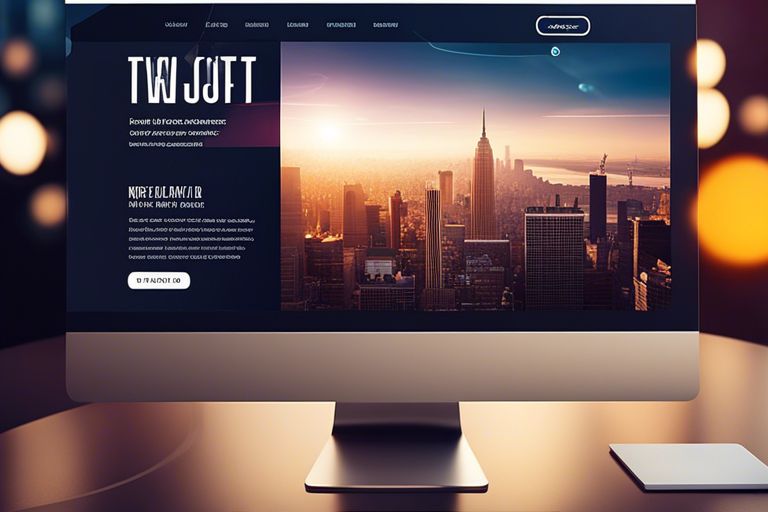
Create Content Strategy
Develop Writing Tone
Your writing tone is a crucial element of your website’s content strategy. It sets the mood and voice for your brand, and establishes a connection with your audience. Whether you choose a friendly and conversational tone or a professional and authoritative one, consistency is key. Ensure that your tone aligns with your brand identity and resonates with your target audience to effectively communicate your message.
Plan Visual Content
Planning visual content is imperative for creating a visually appealing website that captures the attention of your audience. From images and videos to infographics and illustrations, visual content plays a significant role in enhancing the user experience. Ensure that your visual content is high-quality and aligns with your brand aesthetic to create a cohesive and engaging website design.
Design Mockups
Sketch layout drafts
One of the first steps in creating a custom website design for your small business is sketching layout drafts. This involves creating rough sketches of the website layout, including the placement of key elements such as the header, navigation menu, content sections, and footer. Sketching layout drafts allows you to visualize the overall structure of the website and make any necessary adjustments before moving on to the next stage.
Refine visual elements
Now that you have your layout drafts finalized, it’s time to refine the visual elements of your website design. This includes choosing a color scheme, typography, images, and other design elements that will enhance the overall look and feel of your website. Refining these visual elements is crucial in creating a cohesive and visually appealing design that aligns with your brand identity and resonates with your target audience.
Develop Website
Build functional site
Not only does your website need to look visually appealing, but it also needs to be functional as well. Make sure all links, buttons, and forms work seamlessly. Your visitors should be able to navigate through your site easily and find the information they are looking for without any hassle.
Test responsive design
Clearly, having a responsive design is crucial for your small business website. Responsive design ensures that your site looks good and functions well on all devices, whether it’s a desktop, tablet, or smartphone. You’ll want to test your website on different devices and screen sizes to ensure a consistent user experience.
You’ll need to make sure that all elements on your website adapt properly to different screen sizes. It’s important to pay attention to page loading times, image sizes, and font readability. A responsive design not only enhances user experience but also positively impacts your site’s SEO ranking.
Develop your website with precision and care to ensure that it represents your small business in the best possible light. Make sure to regularly update and maintain your site to keep it fresh and user-friendly for your visitors.
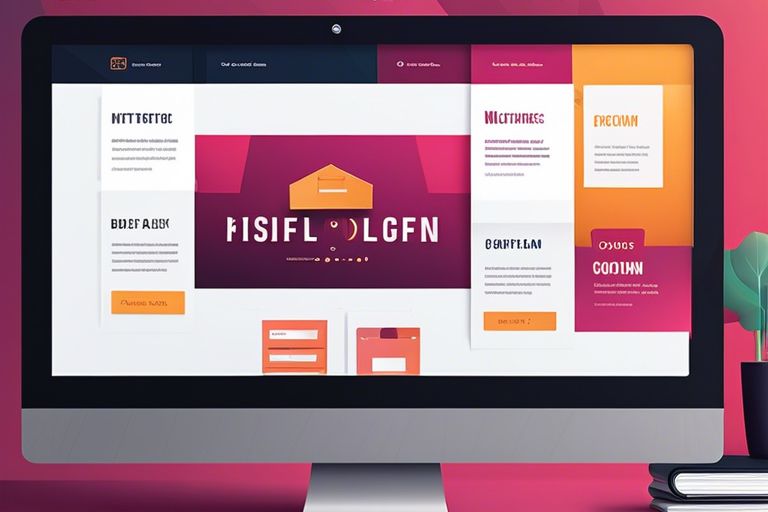
Optimize for SEO
After reading about the 10 steps for developing a Website for your Business, it’s time to focus on optimizing your custom website design for search engines with SEO techniques.
Research relevant keywords
For better visibility on search engines, conducting thorough keyword research is crucial. Identify the terms and phrases your target audience is using to search for businesses like yours. Use tools like Google Keyword Planner, SEMrush, or Ahrefs to find relevant keywords that have high search volume but low competition. Incorporate these keywords strategically throughout your website’s content, meta tags, and image alt texts to improve your chances of ranking higher in search results.
Implement SEO tactics
Some necessary SEO tactics include creating high-quality, relevant content that satisfies user intent, optimizing your website’s loading speed, improving mobile responsiveness, and building backlinks from reputable sources. These tactics help search engines understand the relevance and authority of your website, ultimately leading to higher rankings and increased organic traffic.
This means that strategically placing keywords throughout your content, optimizing meta tags, and focusing on user experience are crucial for SEO success. Implementing these tactics will help your custom website design stand out in search engine results pages and attract more potential customers to your small business.
Launch and Market
Announce website launch
Once again, congratulations on successfully creating a custom website design for your small business! It’s time to let the world know about your new online presence. Market your website launch through social media, email newsletters, press releases, and any other channels that reach your target audience. Create buzz and excitement by sharing sneak peeks and teasers leading up to the launch date. Encourage visitors to sign up for updates and be the first to know when your website goes live.
Implement marketing plan
Announce your website launch with a strong marketing strategy in place. Utilize a mix of online and offline tactics to drive traffic to your website. Leverage search engine optimization (SEO) techniques to improve your website’s visibility in search engine results. Consider investing in pay-per-click advertising or social media ads to reach a broader audience. Collaborate with influencers or industry partners to expand your reach even further. Recall, effective marketing is crucial to attract and retain customers in an increasingly competitive online landscape.
To wrap up
Presently, custom website design is a vital tool for small businesses looking to establish a strong online presence and stand out from the competition. By following the 10 steps outlined in this guide, you can create a website that reflects your brand identity, effectively showcases your products or services, and engages your target audience. Keep in mind, a well-designed website is not just about aesthetics; it’s about functionality, user experience, and ultimately driving business growth. Investing time and effort into creating a custom website design will pay off in the long run, helping your small business succeed in the digital landscape.
FAQ
Q: Why is custom website design important for a small business?
A: Custom website design helps small businesses establish a unique online presence that reflects their brand identity and attracts their target audience.
Q: What are the key steps involved in creating a custom website design?
A: The 10 steps include defining your brand, outlining your goals, researching your target audience, creating a sitemap, designing wireframes, choosing the right color scheme and fonts, selecting images and graphics, developing the website, testing for functionality, and launching the site.
Q: How can defining brand identity impact the custom website design process?
A: Defining brand identity sets the tone and guidelines for the website design, ensuring consistency with the overall brand image and message.
Q: What role does user experience (UX) play in custom website design?
A: User experience (UX) is crucial in custom website design as it focuses on creating a seamless and intuitive journey for visitors, leading to higher engagement and conversion rates.
Q: Why is it important to test the functionality of a custom website before launch?
A: Testing ensures that all features and functionalities work correctly, providing a smooth user experience and avoiding any technical issues that could deter potential customers.

